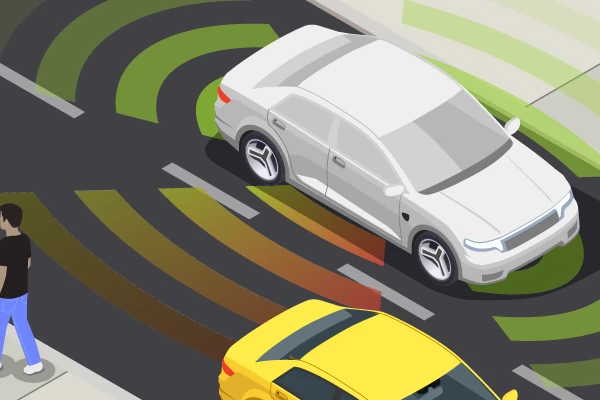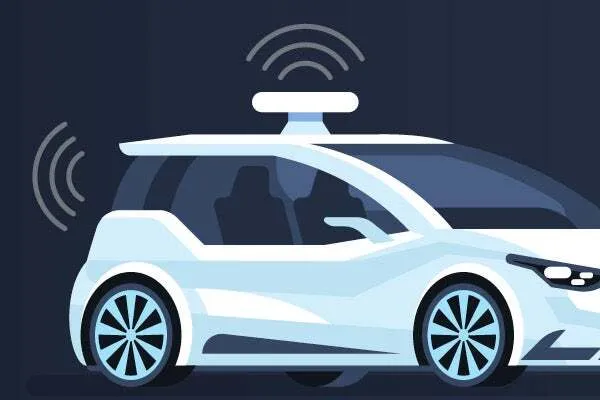The automotive industry is changing, with autonomous, connected, electric, shared (ACES) steadily becoming more common. In fact, it is estimated that by 2030, 96% of all new cars will have connectivity built-in, and by 2040, nearly every new car sold will be electric.
However, while “Shared” is a cultural trend, autonomous, connected, and electric vehicles require more software than traditional vehicles with internal combustion engines. For that reason, it essential that all the software undergoes careful review to ensure safety, security, and reliability.
Electric Vehicles Overview
As electric vehicles become more common, it’s important to have a clear understanding of their development and what are the best practices to keep them safe, efficient, and reliable.
While similar, electric vehicles differ from a vehicle with a traditional internal combustion engine. That is why it is important to have an understanding of those differences to better comprehend electric vehicle development best practices.

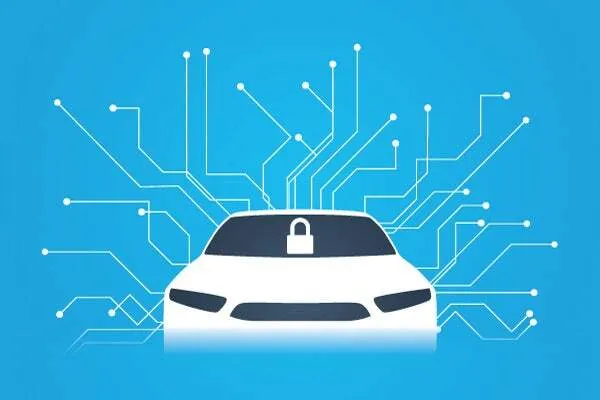
Electric Vehicle Security Overview
With electric vehicles’ increased reliance on software, it is essential that electric vehicle security is prioritized.
Electric Vehicle Software Compliance Overview
An essential part of the automotive software development process is ensuring that the software is compliant with key industry standards and guidelines. For electric vehicles, where many hardware components have been replaced by electronic components this is especially true.
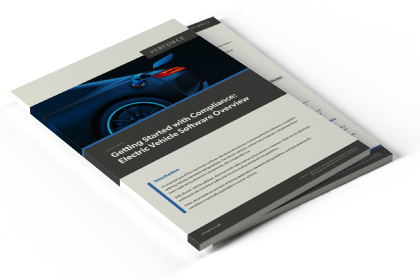
Autonomous Vehicles Overview
While it may be sometime before fully autonomous vehicles become commonplace, it is nevertheless essential that autonomous vehicle software is high quality and secure.
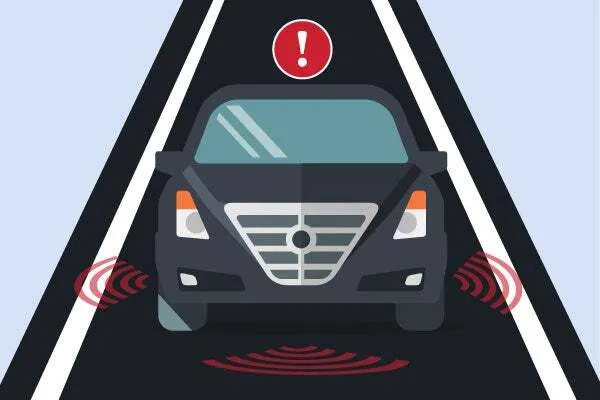
Self-Driving Cars: Are They Safe?
In the interim, while autonomous vehicle software is being refined, are self-driving cars safe?
Autonomous Vehicle Coding Standards
While many of the coding standards and guidelines that apply to more traditional vehicles with an internal combustion engine also apply to autonomous vehicles, there are a few standards and guidelines that are unique to them.
Here’s How Autonomous Vehicle Standards Ensure Safety
Autonomous vehicle standards help to ensure that the vehicle is safe and reliable for everyone on the road.
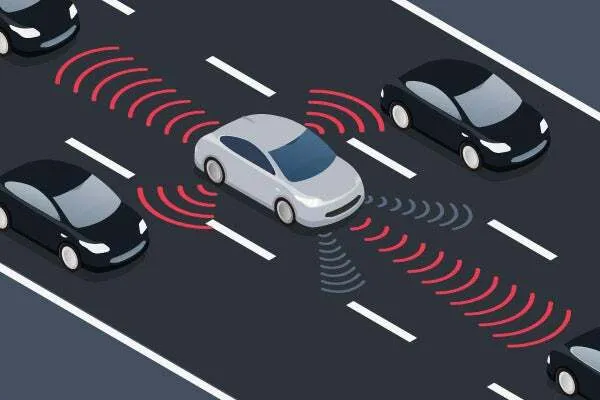
Connected Vehicles: Overview
Connected vehicles help ensure that drivers reach their destination quickly, safely, and in a cost-effective manner.
Advanced Driver Assistance Systems Overview
Learn more about how advanced driver assistance systems increase the safety of everyone in the vehicle.
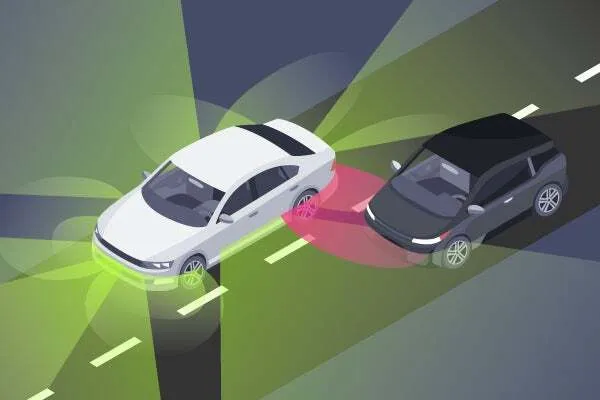
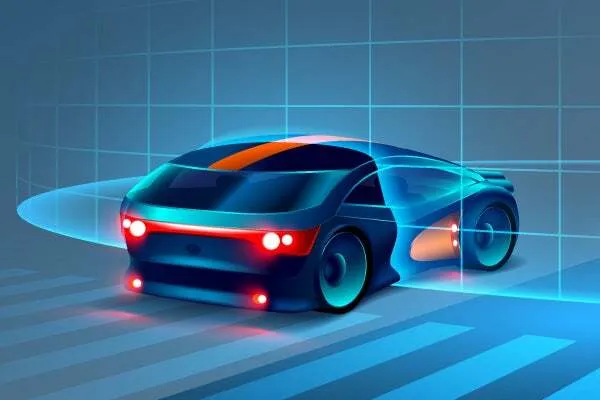
Automotive Hypervisor Overview
Learn how automotive hypervisor enables innovation and compliance.
Connected Vehicles: Infotainment
The infotainment system is an important feature for drivers in a connected vehicle.
How to Accelerate Automotive Infotainment Software Development
Learn more about automotive infotainment and how using version control software can help.
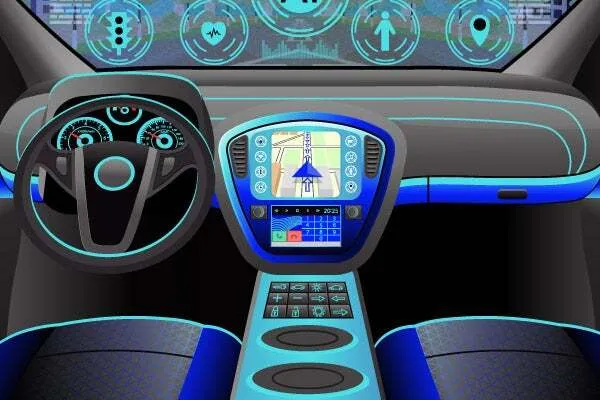
The Power of Perforce Helps Improve Your Autonomous, Connected, Electric, Shared Software Development Processes
Perforce static analyzers — Helix QAC and Klocwork — have been trusted for over 30 years to deliver the most accurate and precise results to mission-critical project teams across a variety of industries. You can even configure them to support custom coding rules that are specific to your development team.
Helix Core is version control software that enables you to maintain a single source of truth for all your digital assets — from designs to code. It’s fast for remote teams and provides full traceability for compliance.


